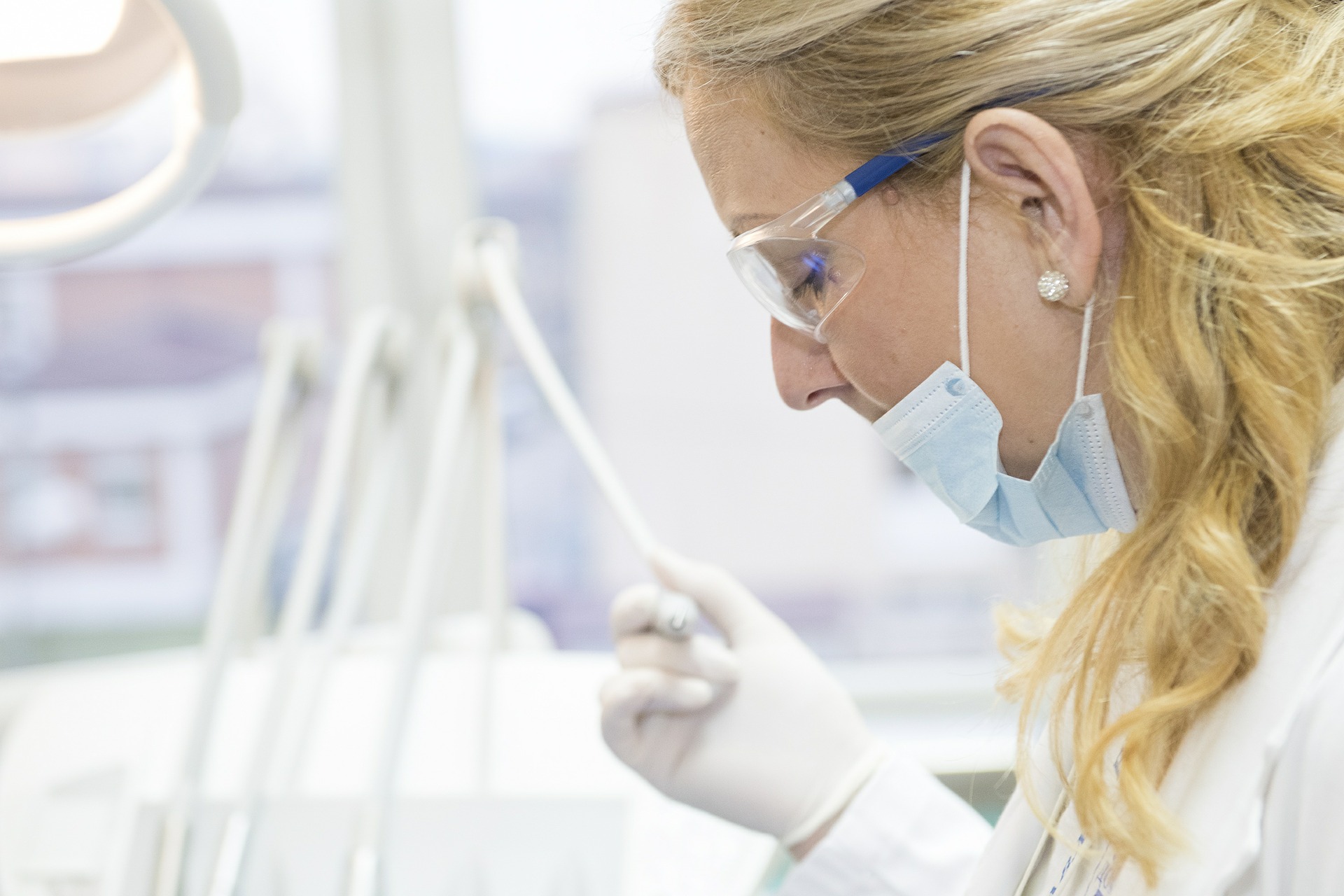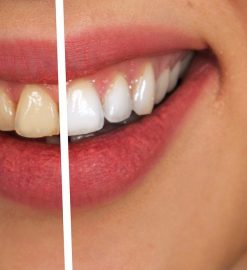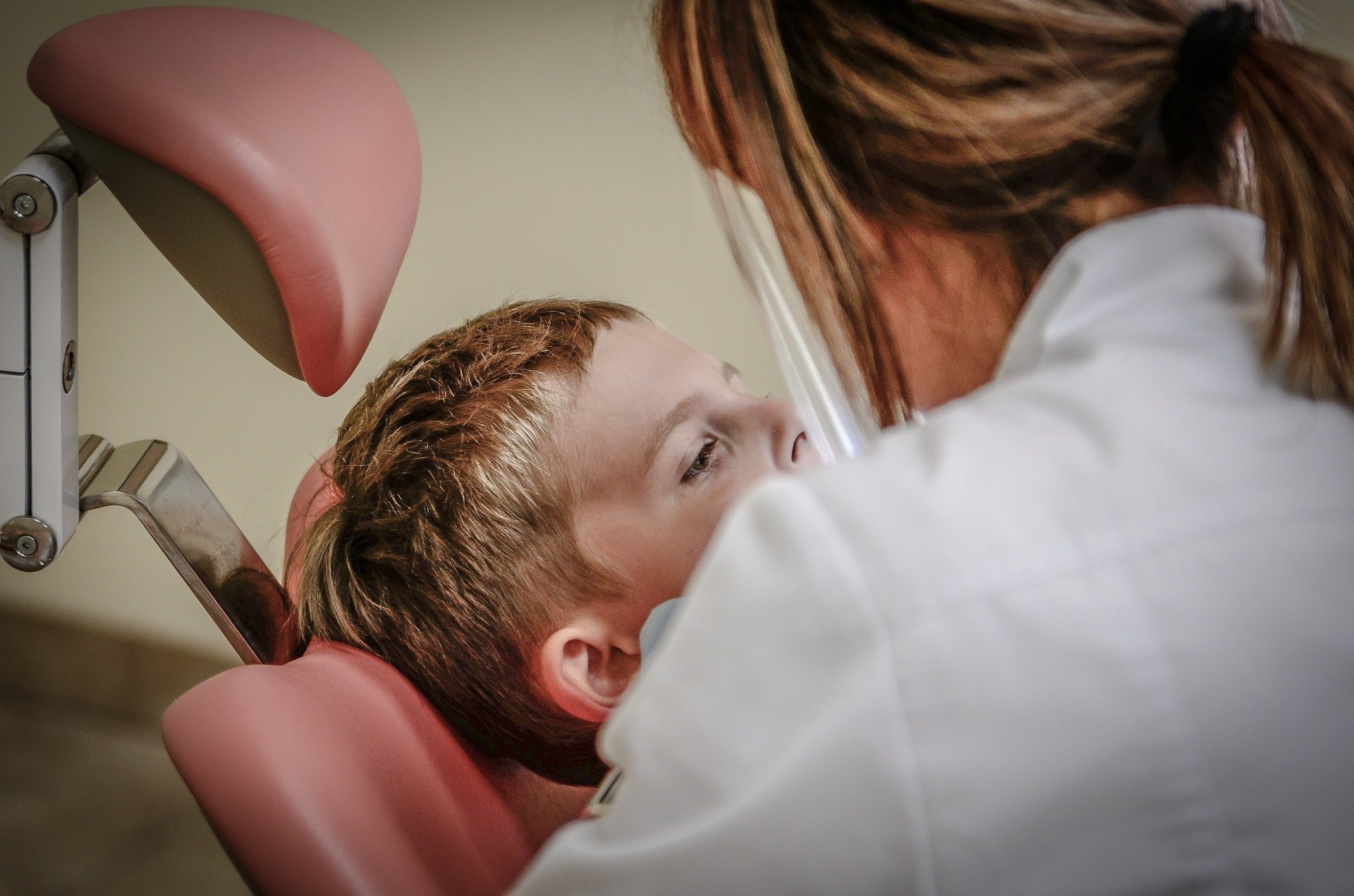Elements That Make Up An Orthodontic Kit

The market specialized in dentistry offers a wide variety of oral hygiene products that constitute an orthodontic kit which contains the following elements:

Toothbrush For Orthodontics:
It is made up of rounded nylon bristles that protect the teeth and gums. , whose design aims to achieve efficient removal of bacterial plaque without damaging the gums, reducing the presence of cavities and dental calculus. The bristles have a V cut that seeks to get rid of the plaque that surrounds the brackets. This is one of the essential elements of the orthodontic kit.
Handle For Interproximal Brush:
It consists of a long handle that is characterized by a rough texture in the section for a better grip, with a narrow neck that allows access to those difficult-to-access spaces. The head is flexible and has an opening in the neck that accommodates the closure tab on the head. The handle was designed to include interproximal brushes.
Interproximal Brushes:
They adapt very well to the handle and are effective for the removal of bacterial plaque and food debris that usually accumulate in the wide interdental spaces. They also help clean the places where the traditional brush cannot access, such as in fixed prostheses or bare roots that are caused by periodontal problems. They are included in the orthodontic kit because they are perfect for cleaning the spaces between the bracket and the tooth.
Dental Floss:
Consists of resistant filaments with special torsion. They have a natural wax manufactured with strict quality controls. It is an effective wax to eliminate bacterial plaque that forms in the gingival sulcus of the interdental areas.
Threaders:
They are nylon filaments with a particular design that serves to allow the passage of dental floss through places of difficult access, for example, splints, fixed prostheses, or orthodontic appliances.
Wax Bars:
Prevent wounds and lacerations in the mucosa of the lips and cheeks, generated by friction with orthodontic appliances.
Orthodontic Treatment:
Aesthetics or health?
Very good question! When I recommend orthodontic treatment to a patient, it is because they need it. Orthodontics goes far beyond being an aesthetic procedure, this treatment seeks:
Align the teeth to facilitate cleaning.
Improve chewing.
Adjust facial aesthetics.
In other words: A beautiful and HEALTHY smile!
How Do Teeth Move With Orthodontic Treatment?
It’s Pure Mechanics! The essential elements for all conventional orthodontic treatment are the brackets and the wire. The wire makes the force and the bracket transmits it to the tooth.
It is simple! When the wire is changed at each appointment, continuous pressure and tension are applied. These pressures stimulate bone cells to rearrange the teeth through the remodeling of the bone.
Do You Feel Pain During Orthodontic Treatment?
Yes, in the first days of using the devices you may feel a little pain. The pressure and tension generated on the ligament and the bone sensitize the nerve endings in the area around the tooth. This is why you may feel some pain.
Nothing is perfect! It is part of the process and it happens soon. This discomfort lasts 2 or 3 days after the appointment of the wire change, the pain subsides when the tooth moves and the force exerted on it decreases.

